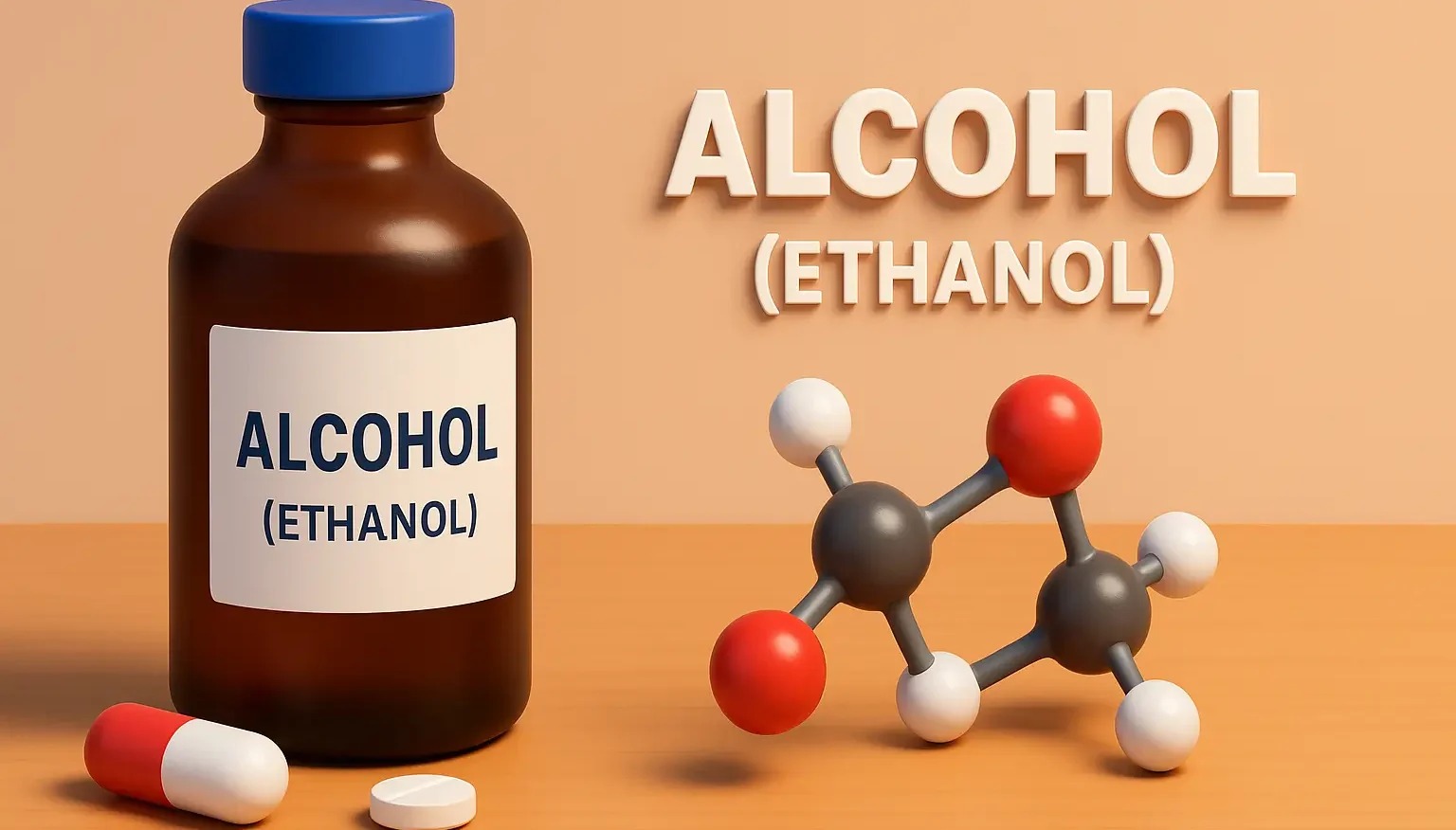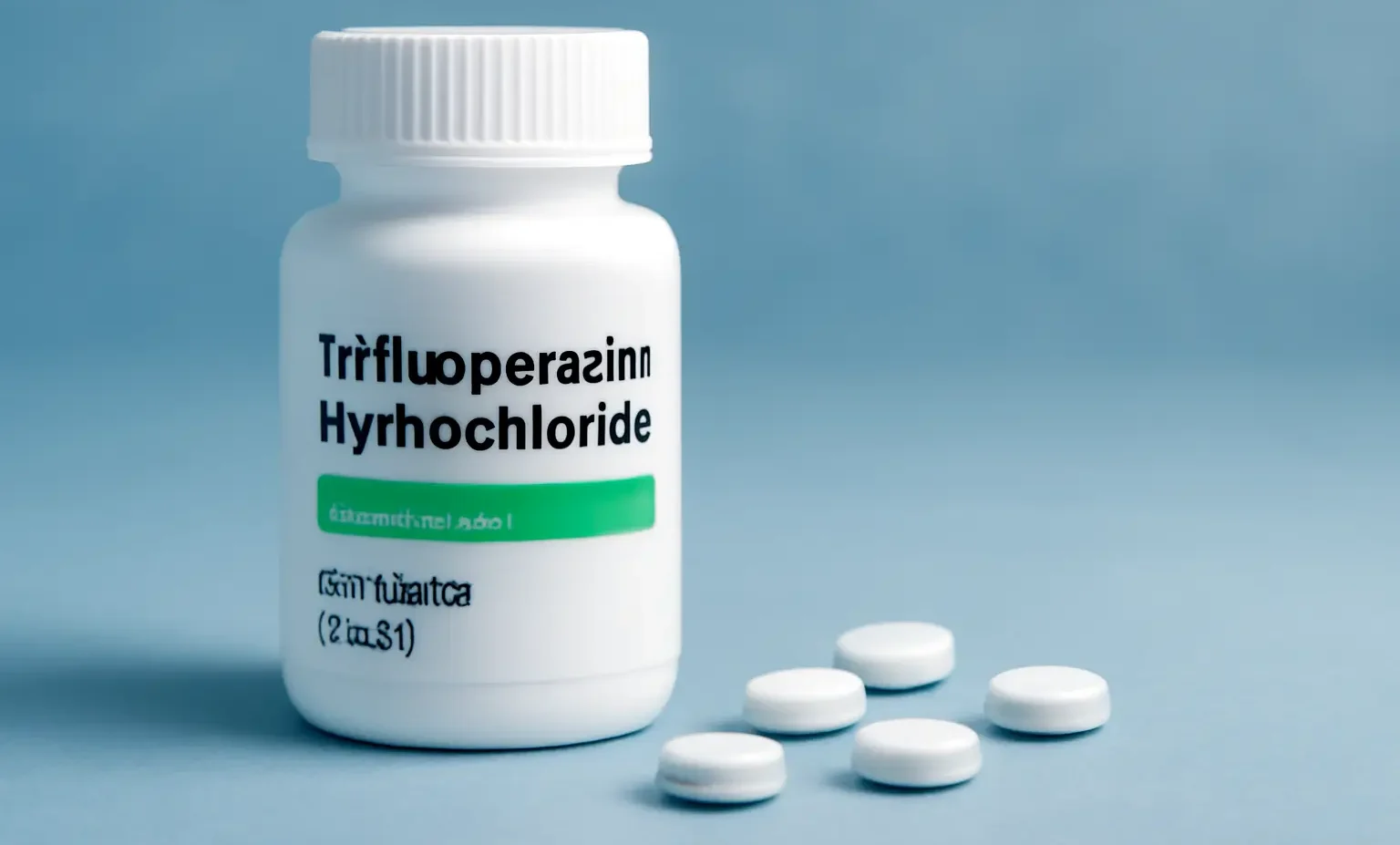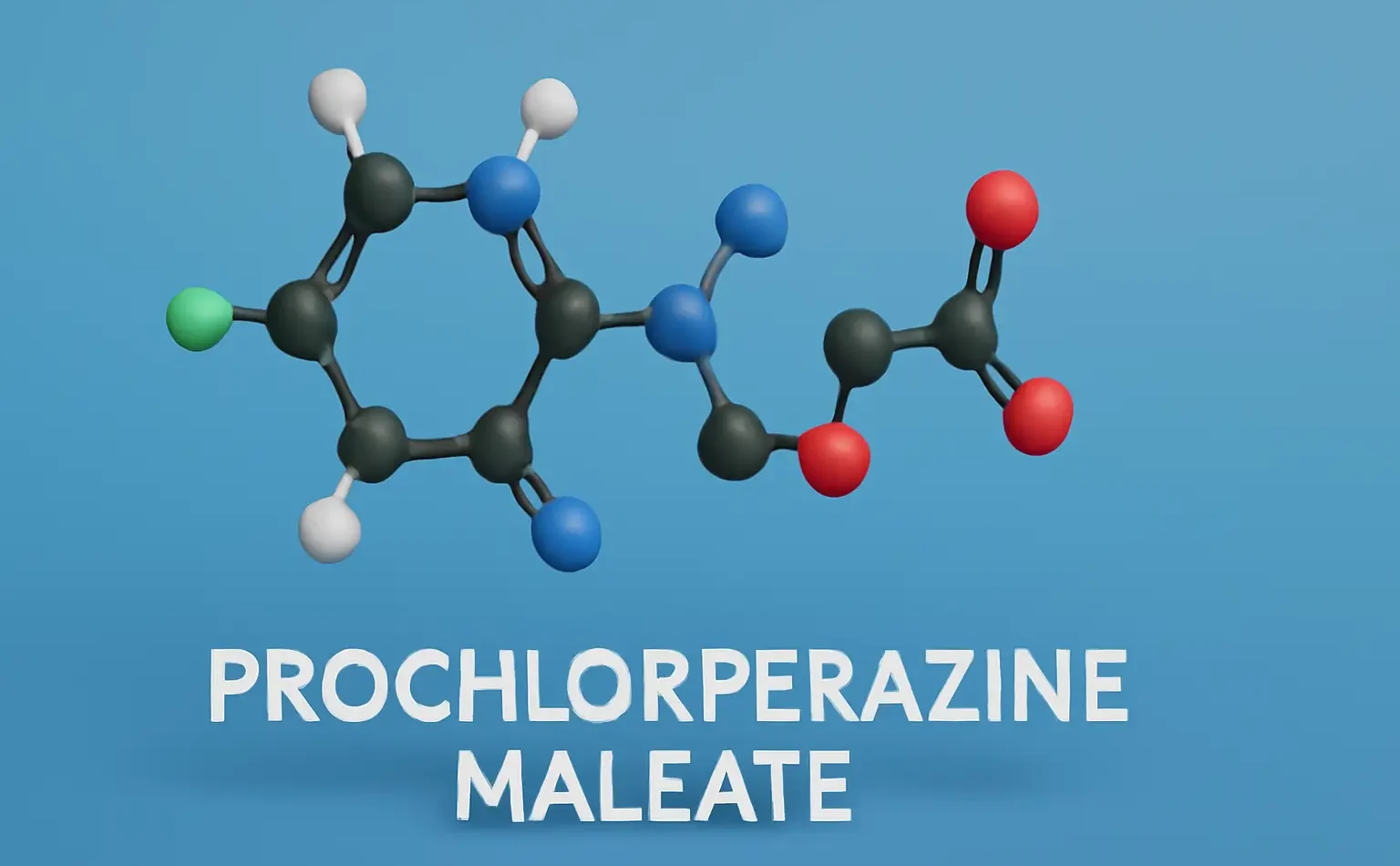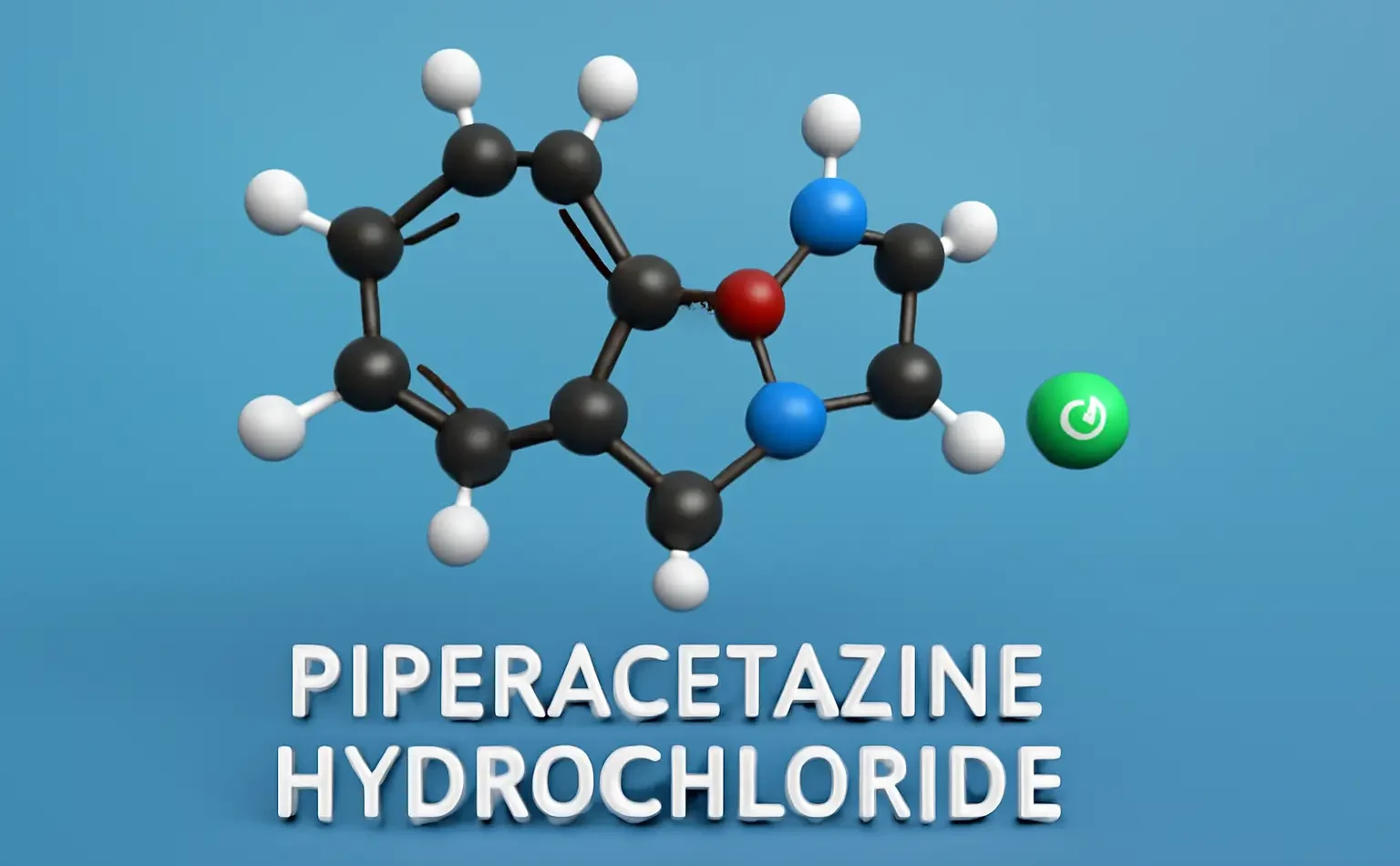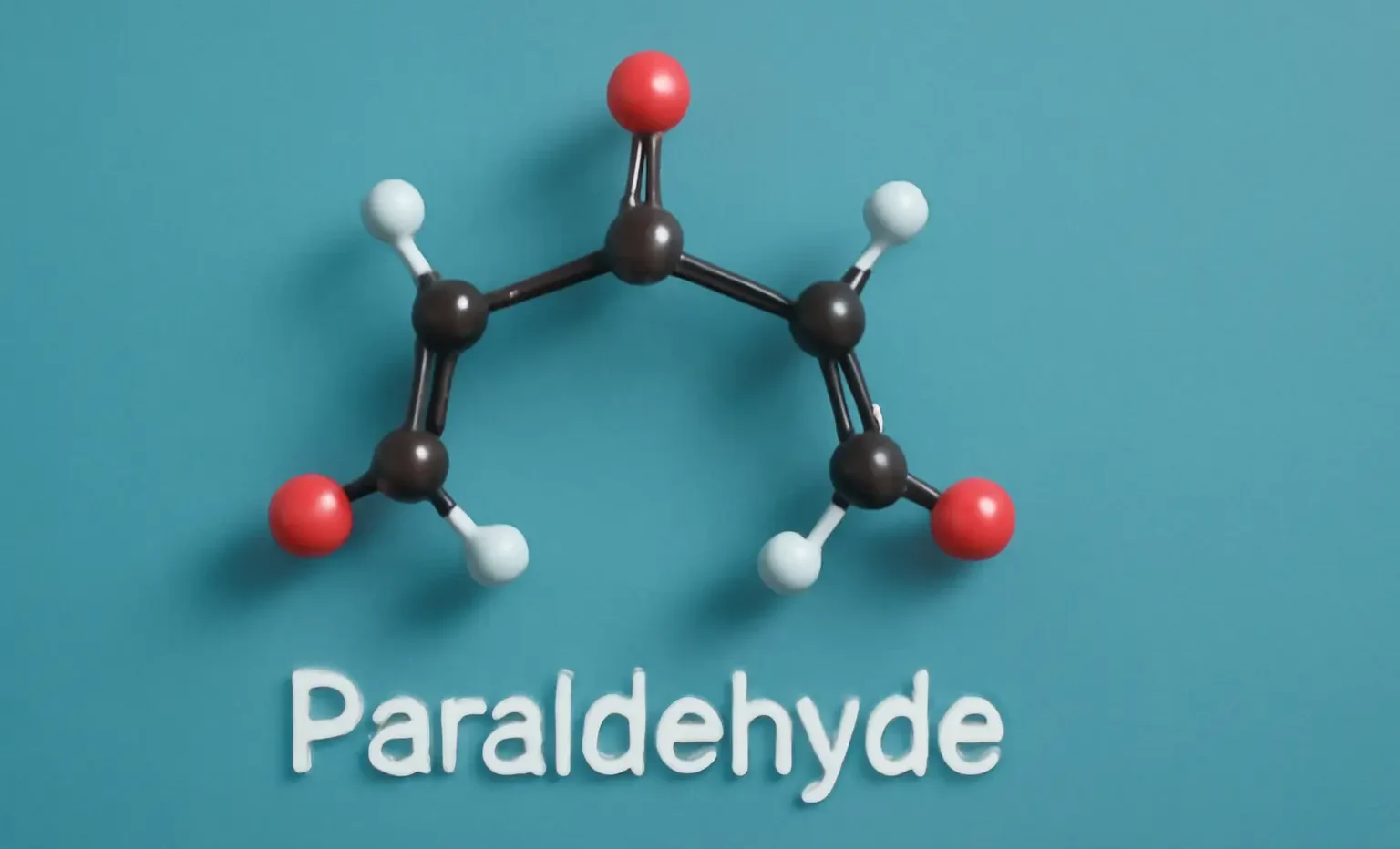Alcohol (Ethanol)
Alcohol (Ethanol) is a CNS depressant that affects mood, behavior, and coordination, commonly used socially but linked to dependence and toxicity. Pharmacological Actions: Ethanol is a CNS depressant. It acts by enhancing GABA-A receptor activity (inhibitory neurotransmission) and inhibiting NMDA-type glutamate receptors (excitatory neurotransmission). It produces dose-dependent CNS depression, from disinhibition to sedation, anesthesia, and … Read more

